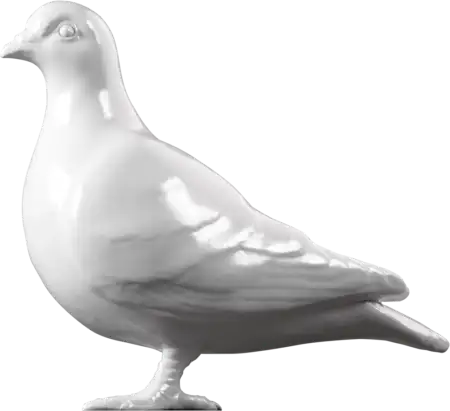Post-Medieval — C.1658; mid 17th century; or later
Oliver Cromwell death mask
Plaster death mask of Oliver Cromwell, who died on 3 September 1658. The mask was made from a wax impression of Cromwell’s actual face, made by applying wax to Cromwell’s face after death. Over 20 plaster masks are known to exist today. These were either made from the wax original or are copies of copies.
Oliver Cromwell, Lord Protector, died from a malarial infection of the spleen in the Palace of Whitehall on 3 September, 1658. He was 59. His body was embalmed, wrapped in cerecloth and encased in two coffins: the inner of lead and outer of wood. At ten o'clock at night on 26 September the corpse was moved to Somerset House. During the ensuing weeks, Somerset House was transformed and four state rooms were prepared for the lying-in-state (18 October - 10 November). The rooms were completely covered in black cloth. The first contained a cloth and chair of state; and the second and third were similarly furnished. All the rooms were hung with escutcheons (shields or banners with armorial bearings) of the Lord Protector's arms, crowned with an Imperial Crown. The fourth room (illustrated in a contemporary print) was illuminated by white wax tapers, three feet high. The walls and ceiling were hung with black velvet and life-size and life-like effigies of the Protector lay on a bed of state. The wax faces were modelled by the medallist and engraver Thomas Simon. The whole room was adorned with heraldic banners, plaques, rolls, escutcheons and mottos, made from various materials. After a few days the effigies were removed to another room, this time propped up and vested in royal robes and regalia, surrounded by ensigns and standards of honour.
Private burial took place in Henry VII's Chapel, Westminster Abbey and on 23 November the public funeral was held with regal ceremony. A graphic account of the funeral procession is given in a contemporary newspaper: 'From Somerset House to Westminster the streets were railed in and strewed with sand, and all along the Strand on each side of the streets soldiers were placed without the rails...the persons in mourning...were very numerous'.
- Category:
- Post-Medieval
- Object ID:
- A18331
- Object name:
- Oliver Cromwell death mask
- Object type:
- Artist/Maker:
- —
- Related people:
- Related events:
- Related places:
- Production date:
- c.1658; mid 17th century; or later
- Material:
plaster
- Measurements/duration:
- H 220 mm, W 155 mm, D 120 mm (overall)
- Part of:
- —
- On display:
- —
- Record quality:
- 100%
- Part of this object:
- —
- Owner Status & Credit:
Permanent collection
- Copyright holder:
digital image © London Museum
- Image credit:
- —
- Creative commons usage:
- —
- License this image:
To license this image for commercial use, please contact the London Museum Picture Library.

